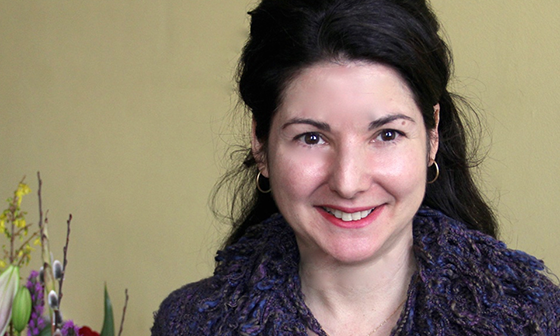
Theme: Action
This week’s podcast recording illustrates the need for balance within power. Drawing inspiration from the wrathful protector deity Mahakala, Kimberly Brown stresses the importance of integrating fierceness & confidence when manifesting our most compassionate selves.
About the Mindfulness Meditation Podcast
The Rubin Museum of Art presents a weekly meditation session led by a prominent meditation teacher from the New York area, with each session focusing on a specific work of art. This podcast is recorded in front of a live audience, and includes an opening talk, a 20-minute sitting session, and a closing discussion. The guided meditation begins at 17:20.
If you would like to attend Mindfulness Meditation sessions in person or learn more, please visit our website at RubinMuseum.org/meditation.
This program is presented in partnership with Sharon Salzberg, the Interdependence Project and Parabola Magazine.


Related Artwork

Following the devastating earthquake that struck Nepal on April 25, 2015, Tsherin Sherpa returned to his come city of Kathmandu and created Wish-fulfilling Tree. He worked with local craftsmen to create a 7-layer bronze mandala, an idealized representation of the cosmic universe. Both a memorial to the destruction wrought by the earthquake and a wish for the future, the mandala is surrounded by rubble, debris, and found objects, representing the types of household goods destroyed during the natural disaster and creating a relationship between cosmic aspiration and earthly reality.
Sherpa took action against a government that he believed did not do enough to help Kathmandu after the earthquake.
The notion of a wish-fulfilling tree is found across Hinduism, Buddhism, and Jainism to satisfy worldly and celestial desires. In Sherpa’s installation it alludes to the Nepalese’s practical hope for economic compensation post-earthquake, symbolized in an earlier iteration of this work with signed rupee notes on the mandala. The rubble, debris, and found objects were all sourced from within 5 blocks of the Rubin Museum, creating a local connection that also speaks to the universality of the work’s intentions.
About the Speaker

Kimberly Brown is the executive director of The Interdependence Project and a graduate of its Meditation Teacher Training Program. She leads mindfulness and compassion classes, workshops, and retreats for groups and individuals in New York City. Kim studies American and Tibetan Buddhism and practices loving kindness meditation. Her teaching methods integrate depth psychology, compassion training, and traditional Buddhist techniques as a means to help everyone reconnect to their inherent clarity and openness.
